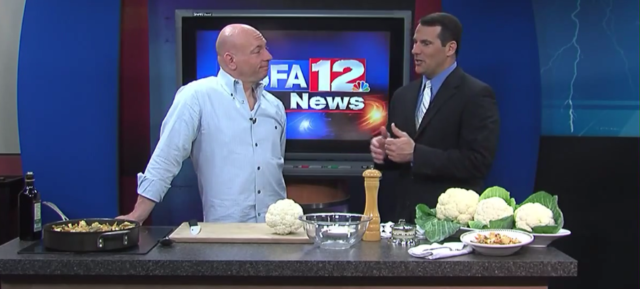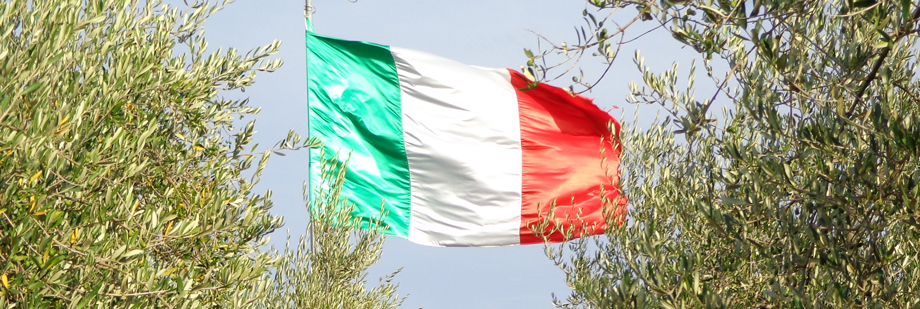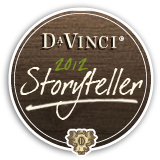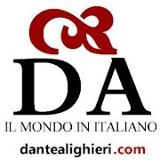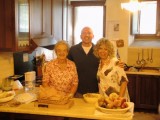Beyond words…
There are times when words alone cannot explain or paint a complete enough description of an object. That is how I feel about the carved AD 2ndStupefacente! The National Museum of Rome (http://www.reidsguides.com/destinations/europe/italy/lazio/rome/sights/mnr_palazzo_massimo.html ) houses a collection of statuary (marble and bronze), frescoes, and mosaics that is not to be believed. I added a couple of photos of some of the mosaics. century sarcophagus in the photos. It is a battle scene between Romans and Germanic barbarians.
We stumbled upon this museum in 2008 and drooled on the 2nd floor as we watched them in the process of installing a new corridor of the mosaics exhibit. We had to go back this year and stand in front of what we could only peek at last year. Yes, we drooled again.
The day started with the morning service at All Saints Anglican Church (http://www.allsaintsrome.org/ ), followed by lunch at La Fontanella (http://www.lafontanellaborghese.it/index.php ). We kept lunch simple by only ordering a first and second course, skipping the antipasti. We had the same pasta for our first course (remember in Italy, the first course is the pasta course): Fettuccine alla puntenesca (a pasta made famous by the ladies-of-the-evening who often cooked this simple and quick dish for their late-night clients). For the second course, I had the Pollo alla cacciatore (chicken, hunter-style) and Richard had the Involtini di melanzane di buffala mozzarella (eggplant rolled up with fresh mozzarella chesse in the center). It was a great lunch before heading off to the National Museum of Rome at the Palazzo Massimo.
After the museum, we spent the rest of our second day in Rome wandering through churches and looking forward to our meal at Pierluigi (http://www.pierluigi.it/EN/home_en/index_en.php ). A photographer we met at a recent photo shoot suggested it to us—here is a link to Christopher Baker’s photography in the book Tulipa (http://www.amazon.com/Tulipa-Photographers-Botanical-Willem-Lemmers/dp/1579651224 ). His assistant, Paola—a Roman, suggested Pierluigi, too. There is nothing better than getting a restaurant suggestion directly from a Roman—especially, when you are going to be in Rome.
Pierluigi is somewhat off the beaten track, and although there were other tourists at the tables, most of the tables were occupied by Italians—some were well-dressed businessmen and their clients. The interior is hung with a diverse collection of artwork and at times the clientele was as eclectic as what was hanging on the walls.
Our meal started off with a glass of prosecco, an Italian sparkling white wine. Think of it as the Italian version of champagne, although people into wine will correct me about that. We ordered our way through the menu and, for all of you wine lovers, we ordered a Brunello di Montalcino, Il Marroneto, Madonna della Grazie, 2004 (http://www.ilmarroneto.it/prodotti.php ).
Our antipasti were: Tartare di melanzane e ricotta di buffala (sliced eggplant with buffalo milk ricotta cheese) and Sautè di cozze (sautéed mussels). Our first course, the pasta course was: Ravioli di pesce di mare (seafood ravioli) and Paccheri con tonno (a thick pasta noodle with tuna). Our second course was: Scallopine con la pepe rosa (Veal scallopine served with pink peppercorns) and Carpaccio di manzo con ruchetta e parmigiano-reggiano (Thinly sliced beef served with arugula and slices of parmigiano-reggiano cheese). If that wasn’t enough, we ordered the carciofi fritti (fried artichokes)—something that is very particular to Rome and to the Jewish ghetto. For dessert, we had a Torta di cioccolato con panna (chocolate tort served with whipped cream) and Carpaccio di ananas ed arancia (thinly slices of pineapple and orange).
We will definitely be returning to the National Museum of Rome at the Palazzo Massimo and Pierluigi has been officially added to our list of favorite Roman restaurants not to be missed.
Ciao e a presto,
Mark





